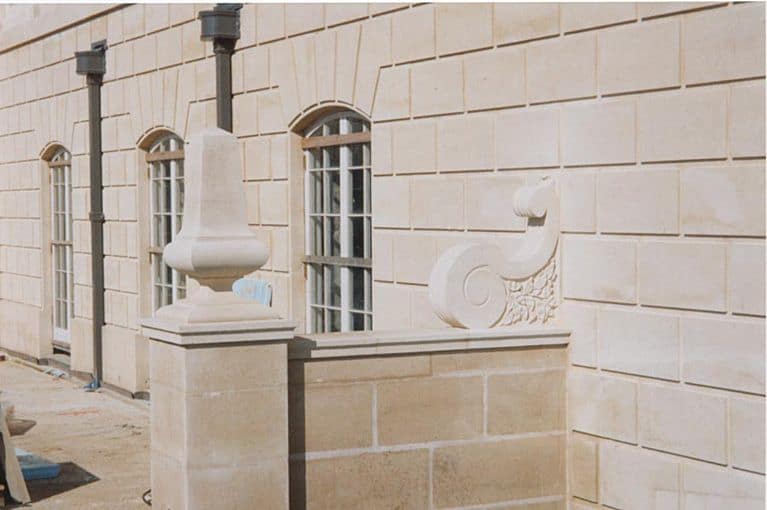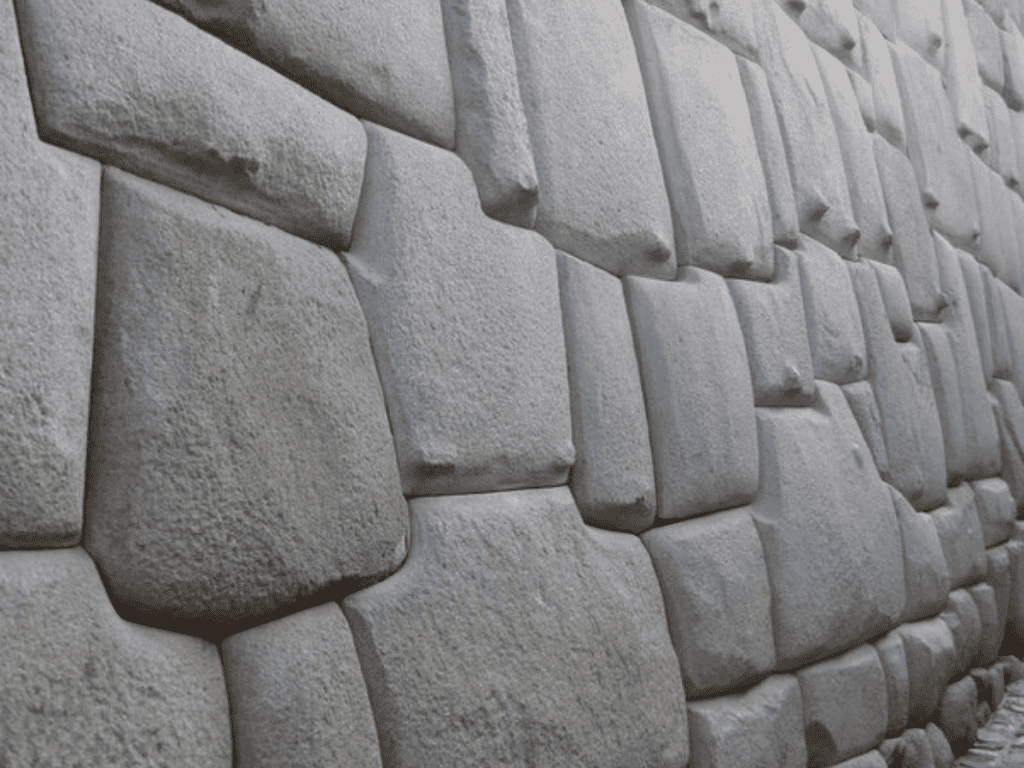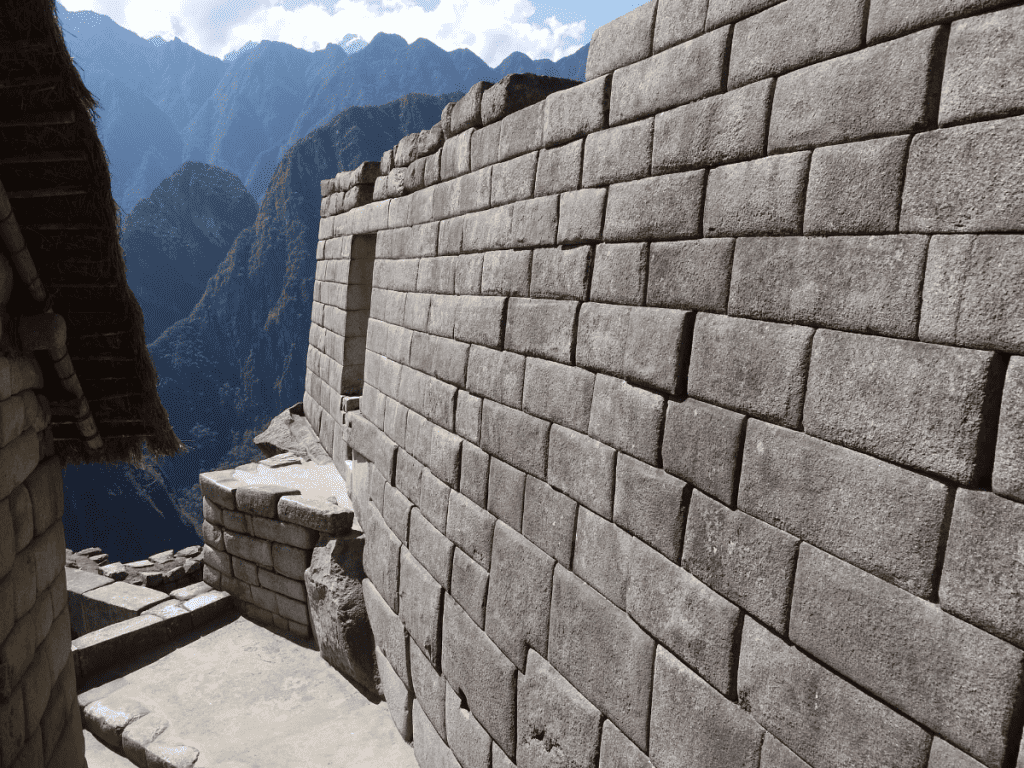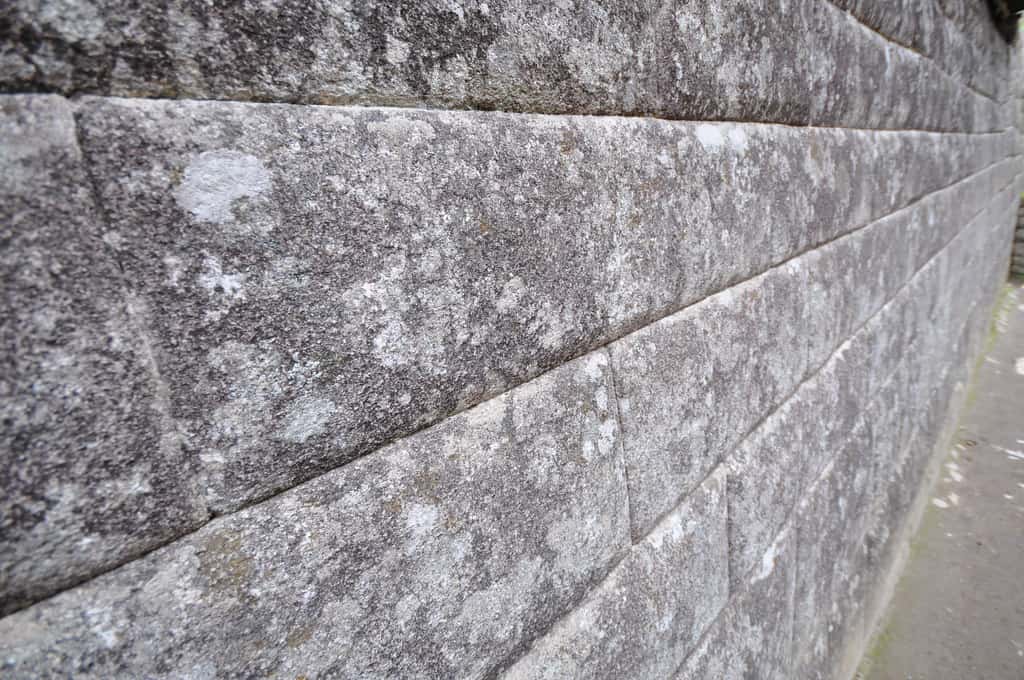Property Geek
We provide the actual and accurate information with unbiased user driven reviews to our viewers, to help them see the best and find the best!
View posts
Ashlar masonry is a timeless technique that has been used for centuries to create some of the most impressive and iconic buildings and monuments around the world. This ancient art of stonework involves cutting and dressing rectangular blocks of stone to precise dimensions and laying them in horizontal courses with very fine joints. The resulting walls have a smooth, uniform appearance that exudes a sense of strength, elegance, and timelessness.
From the ancient Greeks and Romans to the Renaissance and beyond, ashlar masonry has been a favoured building technique for architects and builders seeking to create grand public buildings, palaces, and monuments that stand the test of time. Today, ashlar masonry continues to be used in modern architecture, where it is valued for its beauty, durability, and versatility. But, what is Ashlar Masonry exactly? Let’s find out.
Ashlar masonry is a type of stonework in which rectangular blocks of stone are cut and dressed to precise dimensions and laid in horizontal courses with very fine joints. The blocks are usually cut to a uniform size and shape, and the joints are typically very thin and even, giving the wall a smooth, uniform appearance.
Ashlar masonry can be used for both load-bearing and decorative purposes, and is often used in the construction of grand public buildings, monuments, and high-end residential architecture. The stones used in ashlar masonry can be made from a variety of materials, including limestone, sandstone, granite, and marble.
Ashlar masonry has been used for thousands of years and has played an important role in the construction of many historic buildings and monuments. The earliest known examples of ashlar masonry can be traced back to ancient civilizations, such as the Egyptians, who used it to construct pyramids, and the Greeks and Romans, who used it to build temples, amphitheatres, and other public buildings.
During the medieval period in Europe, ashlar masonry became more widespread and was used to build castles, fortifications, and churches. The art of stone carving and dressing was highly valued during this time, and many skilled craftsmen were employed to create intricate carvings and designs on the stones used in ashlar masonry.
In the Renaissance era, ashlar masonry continued to be used in the construction of grand public buildings, such as palaces and government buildings. In many cases, these buildings featured highly ornate stonework, with intricate carvings, mouldings, and other decorative elements.
During the Industrial Revolution, the availability of new technologies and materials led to a decline in the use of traditional ashlar masonry. However, it continued to be used in some applications, such as the construction of prestigious public buildings and monuments.
Today, ashlar masonry is still used in the construction of high-end buildings, such as government buildings, museums, and universities. While the art of stone carving and dressing is less prevalent than it once was, modern techniques such as computer-aided design (CAD) and robotic stone-cutting machines have made it possible to create highly precise and intricate stonework that rivals the craftsmanship of the past.

This type of ashlar masonry involves using stones of irregular shapes and sizes, which are then laid in courses with varying heights. The joints between the stones are often irregular and uneven, giving the wall a rustic, natural appearance. Random ashlar is commonly used for walls that are meant to blend in with their natural surroundings, such as retaining walls, garden walls, and boundary walls.




Ashlar masonry is an ancient building technique that has stood the test of time. It is a testament to the artistry and skill of the stonemasons who have used this technique for centuries to create some of the most iconic buildings and monuments in human history. Today, ashlar masonry continues to be valued for its beauty, durability, and versatility and can be seen in a variety of modern architectural styles. From the coursed ashlar of the Parthenon to the rusticated ashlar of the Palazzo Medici Riccardi, the enduring appeal of ashlar masonry is a testament to the timeless elegance of this ancient art form.
Ashlar masonry can be used in a variety of building projects, both for load-bearing and decorative purposes. It is often used in the construction of grand public buildings, government buildings, palaces, churches, and monuments. Ashlar masonry is also commonly used in high-end residential architecture, where it is appreciated for its timeless elegance and durability.
The word “ashlar” comes from the Latin word “axillaris,” which means “square stone.” In the context of masonry, an ashlar is a precisely cut and dressed rectangular block of stone that is laid in horizontal courses with very fine joints. The term “ashlar” can also refer to the finished masonry work that uses these rectangular stones.